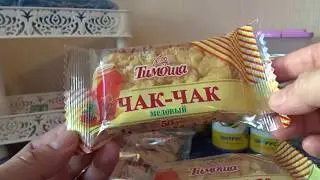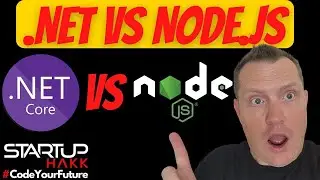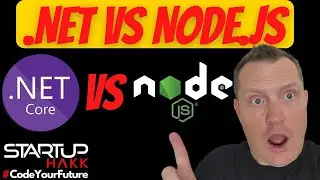Mastering the Specification Pattern in .NET Core | HOW TO - Code Samples
https://StartupHakk.com/?v=ARYId-b3HII
#coding #codingbootcamp #softwaredeveloper #CodeYourFuture
GitHub Repo: https://github.com/slthomason/Startup...
Introduction
In the world of software development, designing maintainable and flexible code is essential. One commonly used design pattern that helps achieve this goal is the Specification Pattern. The Specification Pattern allows developers to encapsulate complex business rules and conditions into reusable, composable objects. In this video, we will explore the Specification Pattern in the context of .NET Core and see how it can help improve the clarity and maintainability of your code.
What is the Specification Pattern?
The Specification Pattern is a behavioral design pattern that is used to define a set of criteria or conditions that an object must satisfy. It provides a way to separate the business logic that defines these conditions from the code that uses them. This separation of concerns makes the code more modular and easier to maintain.
In essence, a specification is an object that can answer the question, “Does this object meet a certain set of criteria?” By encapsulating these criteria in a specification, you can make your code more flexible and adaptable to changes in your business rules.
Benefits of Using the Specification Pattern
1. Separation of Concerns: The Specification Pattern allows you to separate business rules from the code that uses them, promoting cleaner and more maintainable code.
2. Reusability: Specifications are reusable, so you can use the same conditions in multiple parts of your application without duplicating code.
3. Composability: You can easily combine and compose specifications to create complex conditions, providing flexibility in querying your data.
4. Testability: Because specifications are isolated units of code, they are easier to test in isolation, improving the overall testability of your application.
Lots of Great How Tos and Code Samples! Make sure to like and subscribe!































